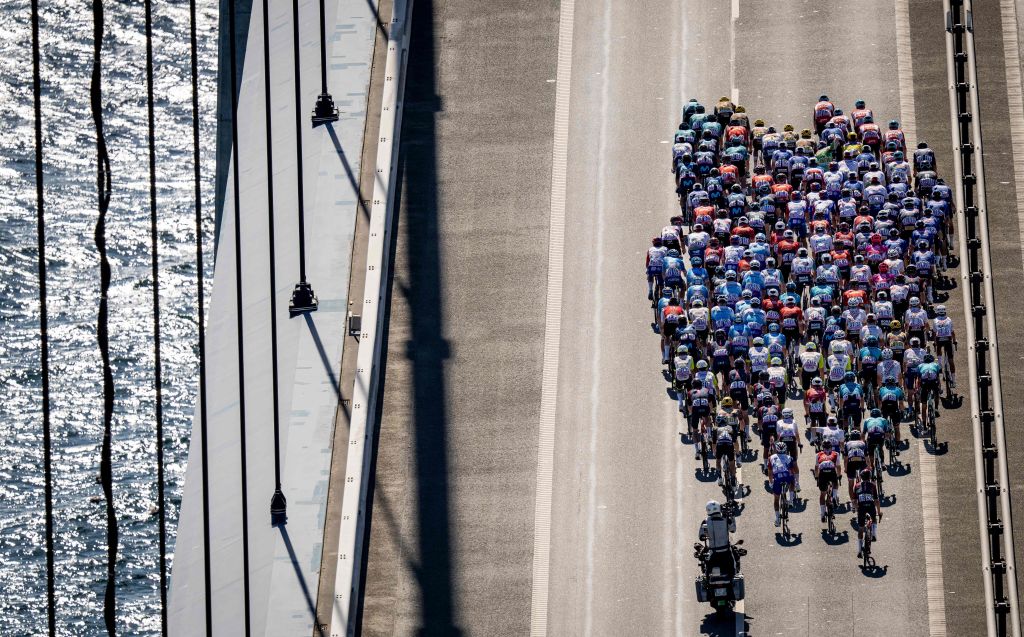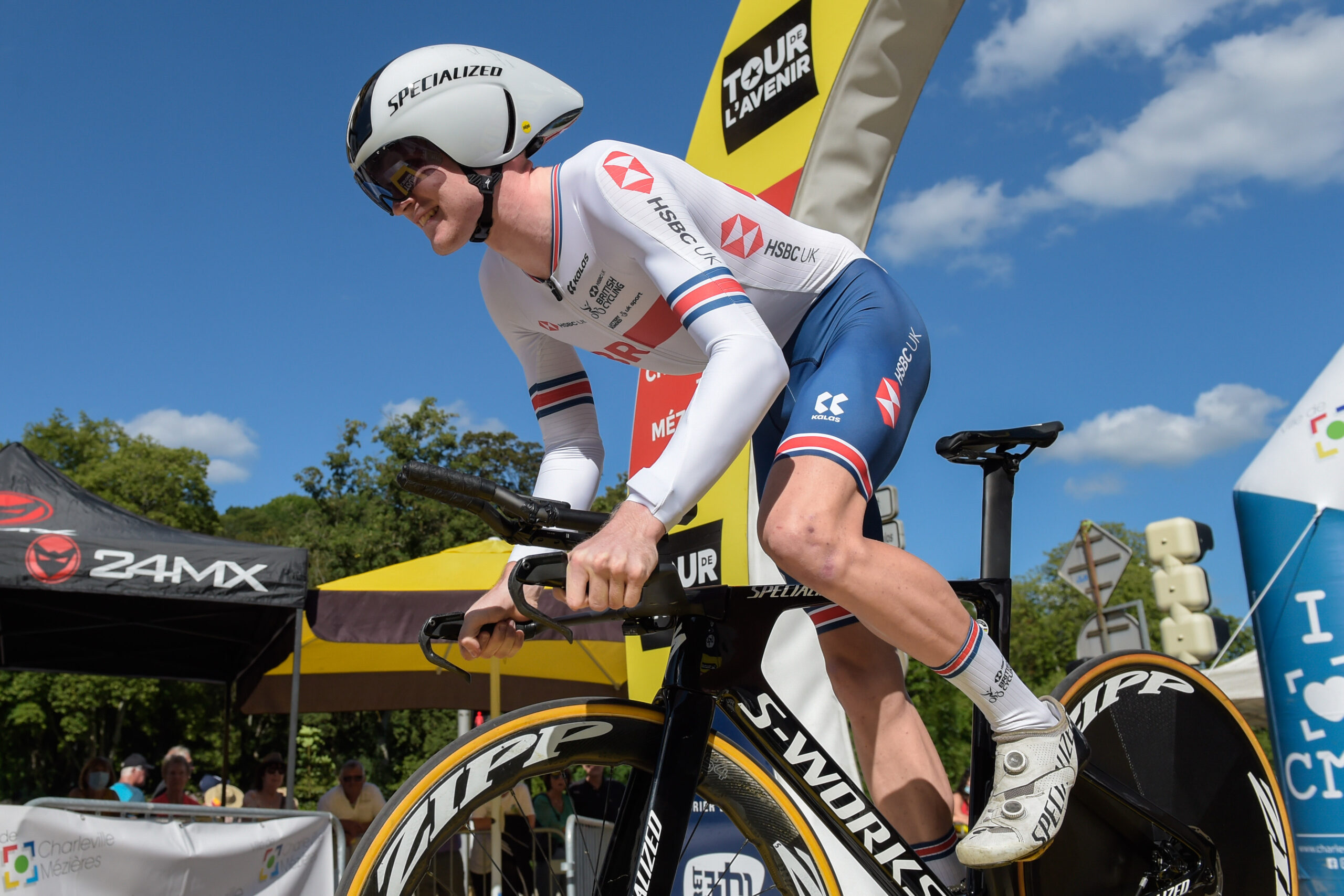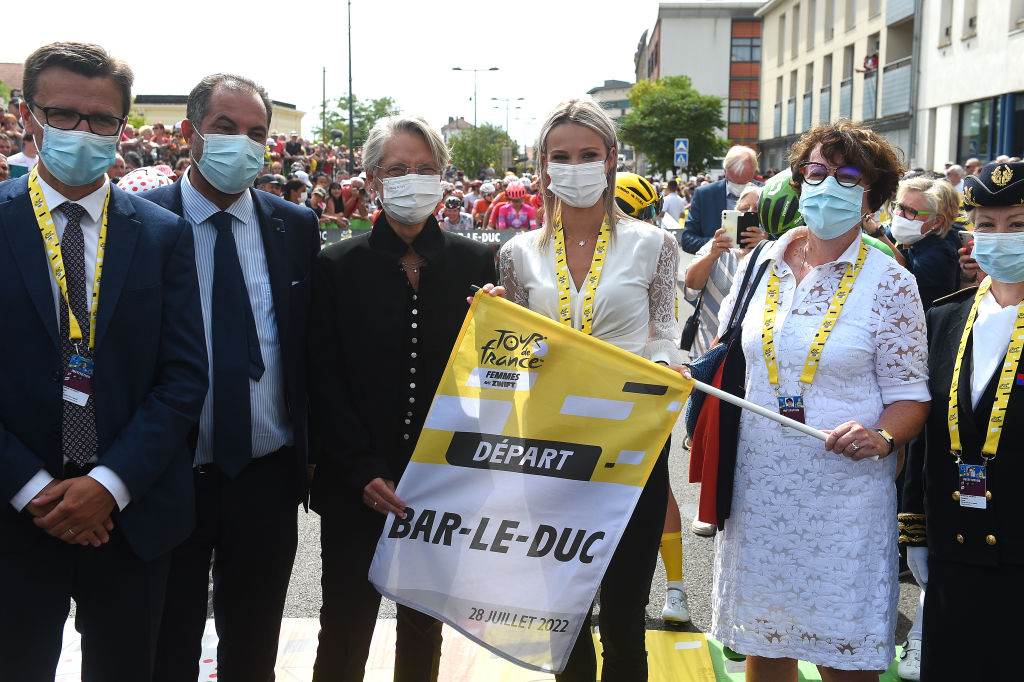A Bridge Too Far: the big fail on the Great Belt
 The peloton crosses the Great Belt on Stage 2: the big bridge failed to deliver the expected big drama. (Getty Images)
The peloton crosses the Great Belt on Stage 2: the big bridge failed to deliver the expected big drama. (Getty Images)
Day two of the 2022 Tour de France centred on the expectations surrounding the daunting Great Belt bridge, but when the drama failed to happen, the stage was left in limbo.
Sepp Kuss was whistling. Whistling a catchy tune for the benefit of Geraint Thomas. At least that was what it looked like. Nothing against whistling in the peloton, of course, but 15 kilometres from the finish of stage two? In the opening weekend of the Tour de France? When you see that, it tells you that the riders are taking it easy.
Pretty soon after that, the pace picked up and the riders exited the traverse of the much-hyped Great Belt, the huge 18 kilometres bridge, third longest suspension structure in the world, highest point in Denmark and so on. Soon after that, Bob Jungels went down and then, soon after that, so did Tadej Pogacar, among others. But all that was off the bridge and inside the final three kilometres, so in terms of time loss at least, no harm seemingly done.
Yes, it might have been a different story had the wind blown, or the rain come in. Bridges and causeways have caused havoc before. Think of the huge crash on the Passage du Gois, for example in 1999, which dramatically altered the narrative of the race. But to be fair, the peloton was racing over seaweed. Not much time for whistling while you work that day.
The Tour de France is all about grandeur, spectacle and stunning logistics. It showcases both the history and beauty of la France profonde and the ingenuity and innovation of modern France, a nation which don’t forget, is hosting the Olympic Games in just two years time.
But that doesn’t mean that bigger is better, that every Tour stage has to include the biggest, the highest, the longest, the hardest. A long time ago, Jean-Marie Leblanc, then the Tour’s director, warned against what he called gigantisme, the race becoming overblown, too big for its own boots. As the peloton rode steadily across the perfect tarmac of the Great Belt you longed for a simple climb, or a muddy cobble.
Yes it did look grand, but in racing terms, stage two of this year’s Tour was an anti-climax because the hype, the build-up in the media, the photo call with Tour boss Christian Prudhomme pointing gleefully at the exposed bridge far below, came to nothing. There was a touch of wheels before the bridge, a touch of wheels on the bridge and a touch of wheels after the bridge — the usual stuff for the first edgy opening stages of the Tour.
But when the drama didn’t materialise, there seemed to be an effort to manufacture it, with Rigoberto Uran, delayed by the first crash, chasing frantically in a small group to limit his losses. Uran, second overall in Paris 2017, is reasonably seen as one of the elders of the peloton. Usually, once back on his bike and chasing with three EF Education EasyPost team mates, he would have been able to weave his way through the team cars and slipstream back up to the bunch.
Not on this stage he wasn’t. The race commissaires invoked a ‘barrage,’ pulling the team cars to one side, and leaving a yawning stretch of exposed tarmac between Uran and the safe haven of the rear of the peloton. The headwind blew, Uran chased, team mate Alberto Bettiol buried himself and, with the TV motorbikes hovering, Uran finally got back into the bunch.
I’ve seen barrages invoked often before, but always to prevent dropped riders from getting unfair assistance from vehicles in the convoy. Imposing the barrage on Uran when he had crashed, rather than been dropped, seemed at best inconsistent and at worst unfair. Or was it an attempt to drum up some Great Belt drama on a stage that hadn’t lived up to expectations?
That all became academic soon afterwards anyway, when the bigger crash inside the final three kilometres, blocked the road and delayed several big hitters, including defending champion Tadej Pogacar. Uran, who has been through most of what cycling can throw at a pro rider, shrugged it all off. “We knew these stages would be like this but we got through it today,” he said, “now we can relax.”
Enjoy this story? Follow Stelvio's coverage of the 2022 Tour de France online and pick up issue 1 of Stelvio magazine, a Tour de France special – subscribe or buy issue 1 at the special launch price now





